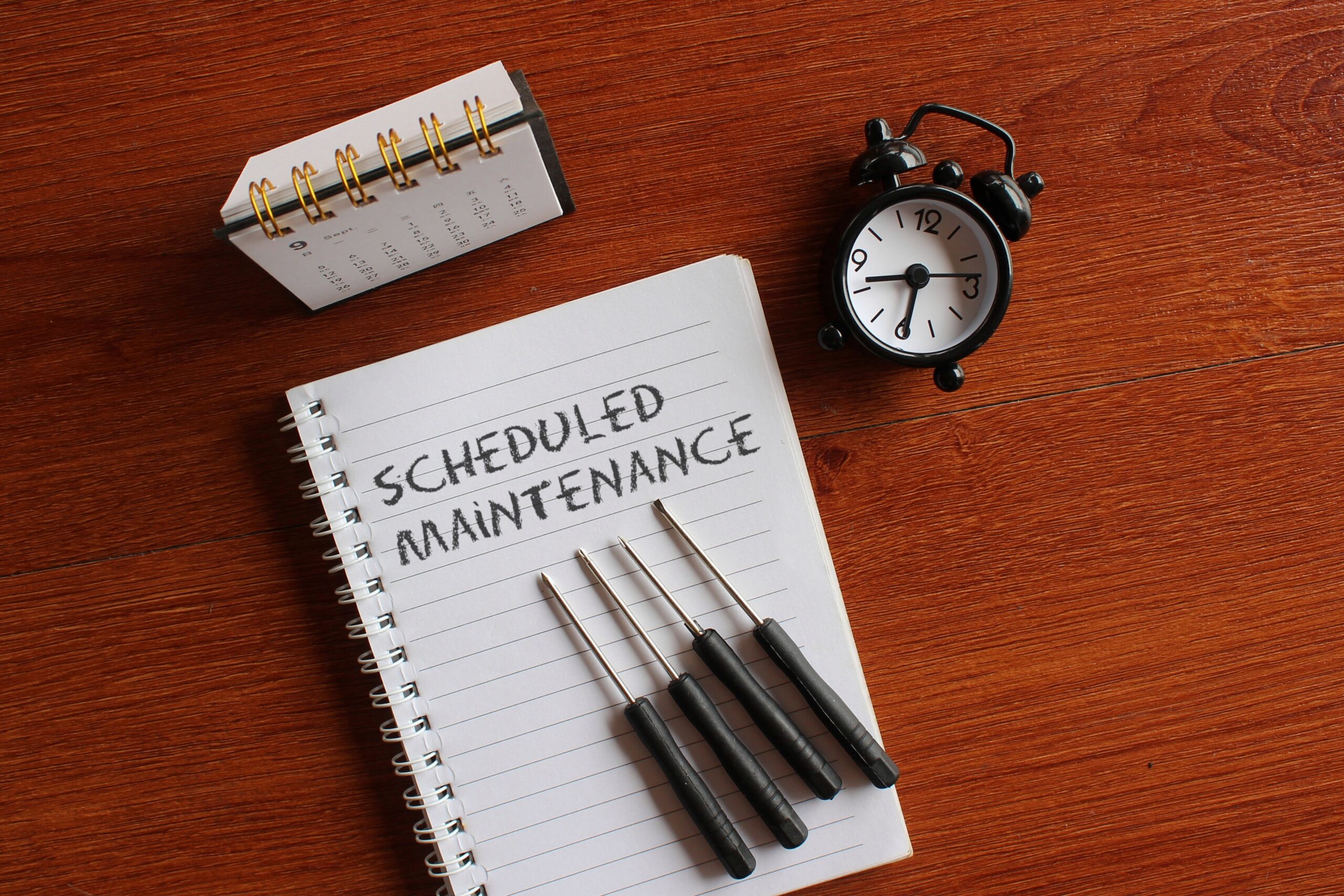In all States and Territories of Australia, a strata scheme must insure the building for its full replacement value and keep building valuations up to date.
- It provides peace of mind for owners, who would be jointly responsible for any shortfall in the sum insured if a major claim occurred.
- It reassures underwriters they’re getting adequate premiums to fund their losses and avoids additional increases to compensate for perceived underinsurance.
- It reduces the risk of underinsurance often caused by increases in labour and materials costs.
What is a building valuation?
A building valuation identifies the cost of replacement, not the current market value.
A qualified and skilled valuer assesses the cost of replacing the building using their knowledge of the industry and construction guidelines. They look at the construction and quality of the existing property and assess the cost and time to replace it “as new”.
A more comprehensive approach
Using a valuation to calculate a true replacement value, means you’ve considered a range of different factors involved in replacing all, or part, of a building if it’s damaged.
- Demolition and removal of debris costs
- Building design, including any specific requirements
- Replacement cost of the buildings and common areas
- Professional fees, such as architects, surveyors and engineers
- Government fees and taxes
- Inflationary provisions – If used for insurance sum insured purposes, you need to consider the length of the rebuilding period as well as the policy period. For example, if damage occurs at the end of the policy period (in 12 months) and the rebuild time is 18 months, then anticipate inflation effects for up to 30 months.
Some people mistake replacement value for market value, but they are very different.
A market value only considers how much a building is worth to buy. Usually provided by a real estate agent, they will assess what’s happening in the current property market and look at the sale price of comparable properties to provide an estimated amount.
Manage underinsurance risks
Without an accurate valuation, there’s a greater risk that a strata scheme could find itself underinsured.
Underinsurance is when you don’t have enough insurance to cover the replacement value of the items you’re insuring, and unfortunately, it’s extremely common in Australia.
Getting regular property valuations means you can be more confident your building sum insured will reflect the full replacement value.
Strata property valuations in Australia are competitively priced and some valuers have specialist experience with strata properties and legislation requirements. This investment helps protect the strata scheme against any future surprises if a significant claim event occurs.
Valuations offer more certainty
- Cover the cost of building materials and trade skills – Construction costs don’t typically keep in line with inflation which can easily lead to underinsurance.
- Considers bespoke design features – Design features matter. It’s not just about bricks and mortar. The cost to replace lifts rather than stairs for example, makes a significant difference to the cost of rebuilding.
- Includes professional fees – Additional factors such as demolition costs, excavation, removal of debris, architect and engineers’ fees, council permits, and landscaping add up and can make a significant difference to the overall replacement cost.
- Adheres to current building codes – It doesn’t matter when a property was originally built. Any new construction must meet current building and environmental codes, which may cost more.
Regular valuations can reveal alarming inconsistencies
Valuations might be done for different purposes, so for greater peace of mind with insurance, it’s best if they’re carried out regularly through an experienced strata manager who will work with a specialist strata broker.
When done specifically for insurance purposes, they reduce the risk of any incomplete assessments. You want to be sure the full replacement value of the buildings, improvements and any other design features or common property the owners are responsible for insuring, have been included.
In a real example, a development of 35 modern townhouses was constructed with courtyards, balconies, garages and common areas that included open car spaces and central driveways. The land surrounding the complex was fenced and the grounds were beautifully landscaped with lawns, trees, shrubs, and paving.
When sold off the plan, the complex was insured with a Building Sum Insured of $6.75 million. But two years later, the strata scheme received a property valuation that showed the replacement value was $28 million – that’s over four times higher.
The difference between the estimated rebuild cost and the true replacement value can be staggeringly large, and if the sum insured isn’t adjusted appropriately, it can lead to a significant shortfall for owners to make up.
Never underestimate the importance of having a suitable insurance policy with adequate insurable limits, such as the building sum insured.
To learn more about insurance valuations contact your local BCB office. To discuss your property’s strata management needs or receive a FREE management proposal contact our friendly team. We also offer more helpful resources and community living news in our FREE newsletter.








